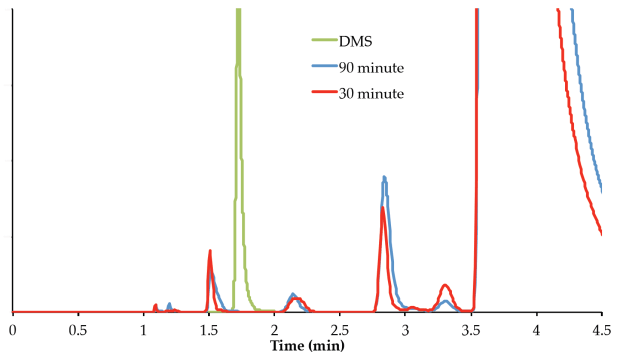Pennine
Landlord.
- Joined
- Dec 21, 2019
- Messages
- 2,892
- Reaction score
- 4,426
Thank you. A sensible and reasonable discussion, rather than a rant that other people are wrong
Wort concentration can be important for some cases. Other people can get the same result by just adding more grain. Both are equally valid approaches, and cost/time may vary depending on your situation.
This is something I've not witnessed, because I haven't repeated the same brew and done side by side comparisons, though have heard about it. Can you describe the difference between "mild" and "harsh" bitterness in more detail? I find all bitterness harsh. How does the bitterness change as you boil (and can you say how I can appreciate it without sending me comparative samples)?
Others have different experiences (which doesn't make yours or their's "wrong" or "bad advice for beginners"). I have a feeling your altitude means the coagulation takes longer time because your boil is at a lower temperature. This seems to agree with both the respected science and the wealth of empirical evidence. I have noticed that homebrewers (on average) boil a lot harder (volume for volume) than commercial breweries, so wonder to what effect the coagulation/drop-out/clarifying happens faster at the homebrew scale, so the full 60/90 minutes isn't as necessary at these harder boils. It's something I haven't found an answer to, and could help explain why homebrewers experiences (which shouldn't be discarded out of hand) differ from the experiences/practises/advice from pro-setups, where they brew in much larger volumes
Agree. DMS seems to be a non issue for homebrewers these days, even at a 30 minute boil. I've only heard of people warn of it from brewing texts, rather than first hand experience.
Does anyone know when the oft-quoted "modern malts" came into being? I have no idea, and can't find anything. Was it in the last 5 years? 10? 50?
About the bitterness a simple way to describe it for me is one that lingers more and it seems fuller. A shorter boil makes the bitterness effect fade quickly, I also notice more fruity aroma and flavour with shorter boils.
By modern malts I take it to mean new varieties that are grown and more consistent malting processes.
But honestly I have no idea though and should stop parroting until I do.
I do accept some of the findings from brulosophy as they are likely the closest process wise to what I would experience as a homebrewer. If they have measured and find no DMS present after 30 min it's likely accurate.
Also from Scott Janish's DMS page I am pretty sure we are all overpowering our boils and likely most DMS is boiled off quicker than we imagine. This is just an assumption though.
http://scottjanish.com/how-to-prevent-dms-in-beer/
The vigor of a boil also contributes to final DMS levels in beer. One study looked at the power input of a boil and the impact on DMS. The authors found that the when the power input used for boiling increased, the levels of DMS decreased (in a DMS water solution). During a 60 minute boil almost no DMS was detected at 1,500 watts where at 1,000 watts approximately 175 ppb of DMS was detected. At 500 watts, about 300 ppb of DMS was detected.












![BREWING THERMOMETER STICKERS ACCURATELY MONITOR FERMENTING BEER & WINE LIQUID TEMPERATURES 5PCS HOME BREW SPIRITS WINE LCD ADHESIVE [US]](https://m.media-amazon.com/images/I/311DDjo2X3L._SL500_.jpg)




























